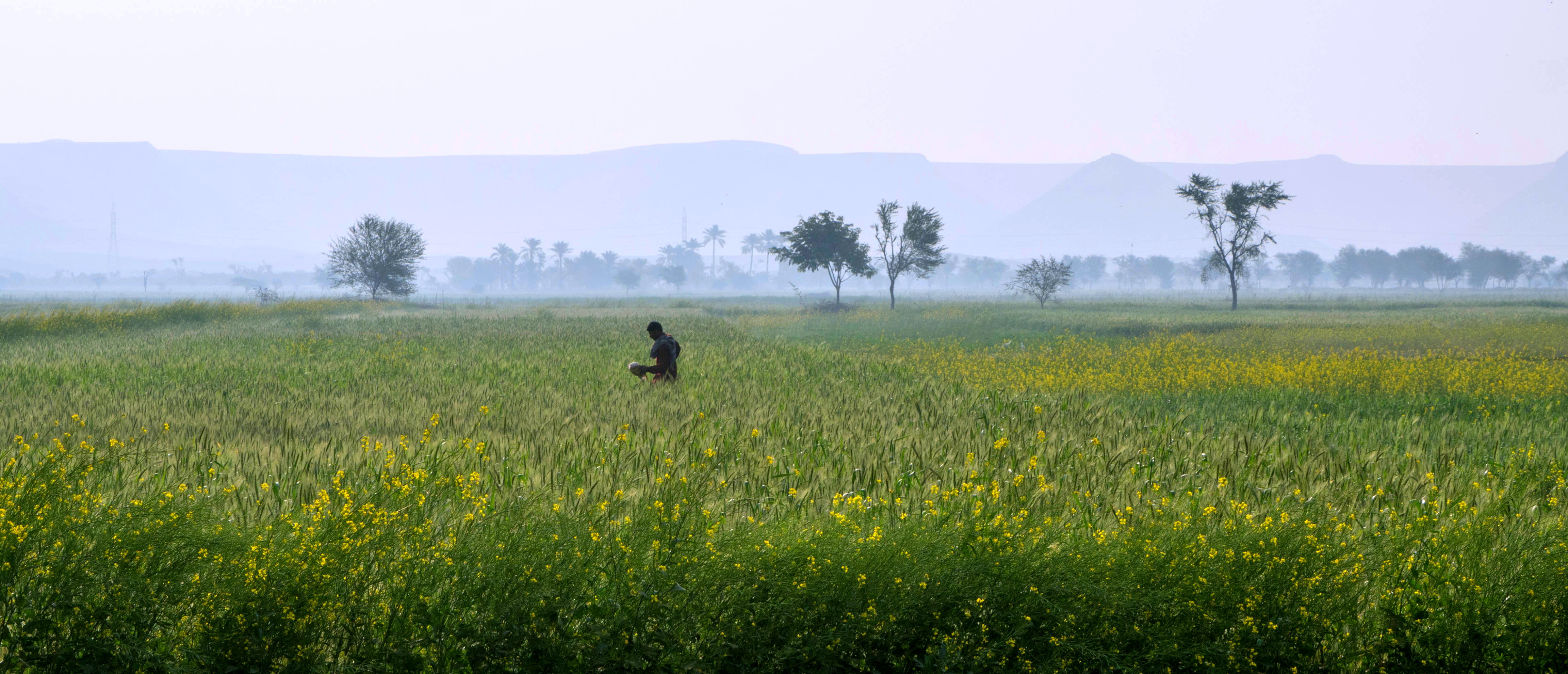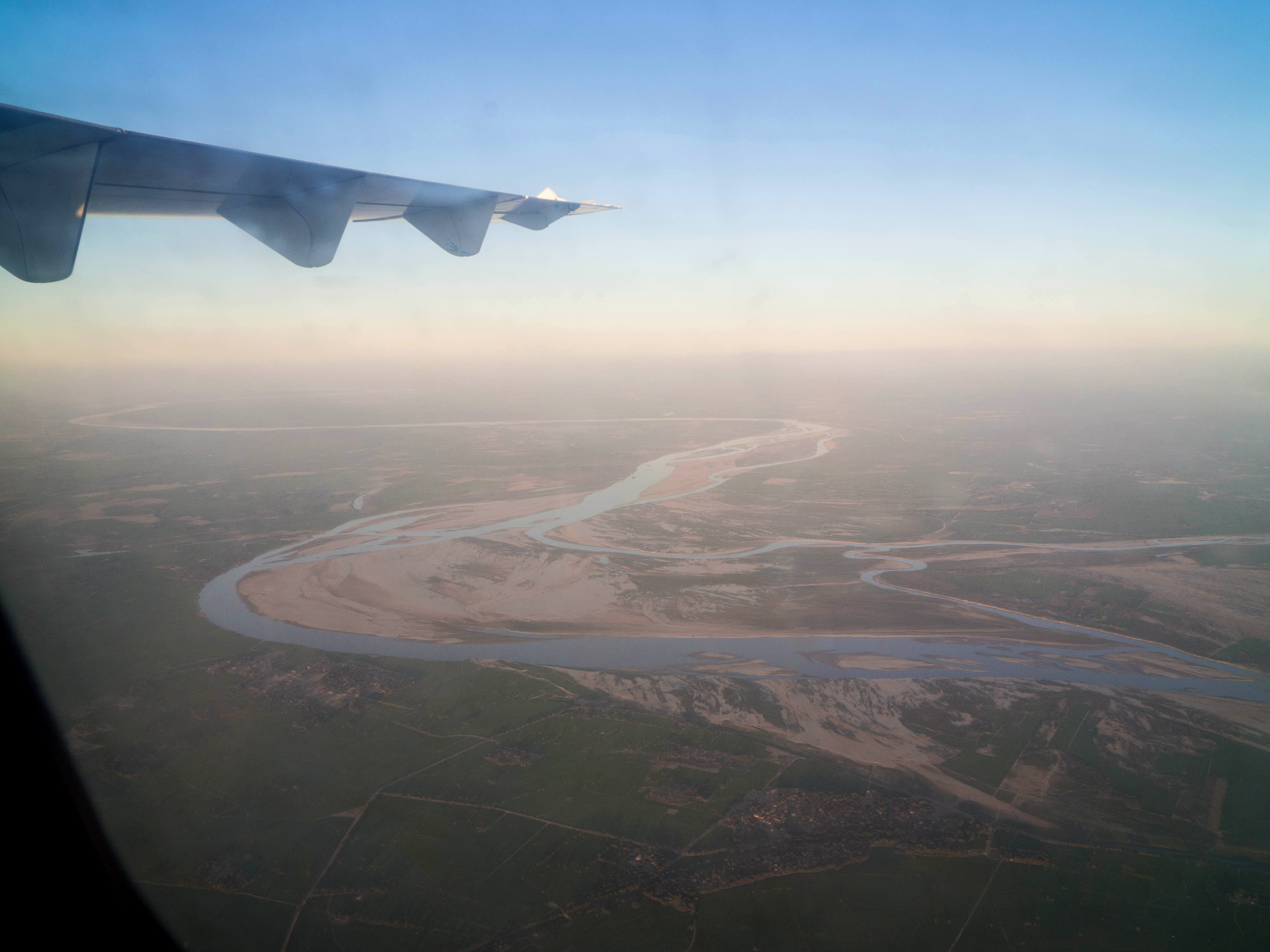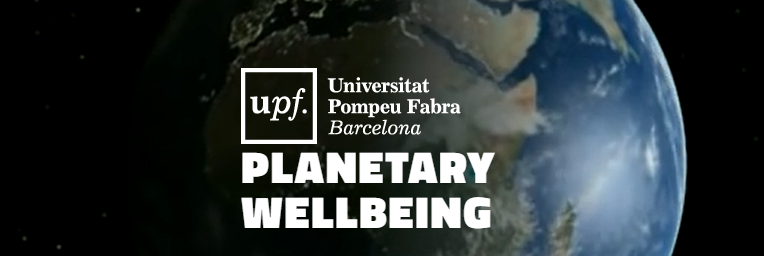Land Use: from Global to Local
Land Use: from Global to Local
Land Use: from Global to Local
Earth system models help us to understand the earth system as a whole, elucidate the drivers of change, and provide future scenarios for policymakers. It
is thus critical that we continue to improve them. A major research inquiry that crosscuts...
There remains disagreement over the forms, scope, and intensity of prehistoric land use and the degree to which anthropic change in vegetation cover affected the global climate system. All agree that the intensity and extent of human land use increased during the Holocene (the last 10.000 years), as hunter-gatherer societies gave way to early pastoral and agricultural societies, which in turn increased in complexity. All agree that the effects of human land use on terrestrial ecosystems were profound at local to regional scales, e.g. with the advent of agricultural and urban societies in Mesoamerica, Southwest Asia, South Asia, and China (Ellis et al., 2013). However, some studies indicate that anthropic change in vegetation was fairly minor at global scales prior to the Industrial Revolution (Pongratz et al, 2010; Klein Goldewijk et al, 2011), with correspondingly small greenhouse gas releases and small effects on the global carbon cycle and climate system (Elsig, 2009). Others have argued that the Holocene carbon cycle and climates were strongly influenced by early agricultural and pastoral activities, and their consequent releases of greenhouse gases (CO2,CH4) to the atmosphere (Ruddiman, 2007; Kaplan, 2011). Further important feedbacks from human activities seem those related to precipitations. In Mesoamerica, deforestation and agricultural land use (Clement et al. 2015) may have significantly reduced precipitation at regional level (Duffy et al 2015), with deforestation reducing precipitation by 5 to 15%. The deforestation feedback could actually explain up to 60% of the droughts observed in regional 8 palaeoclimatic proxies (Medina-Elizalde & Rohling, 2012). If so, anthropogenic feedbacks to regional rainfall patterns may have been strong enough to affect not only the stability of early agricultural societies, creating a two-way interaction between regional climates and societal land use, but also the development of new forms of agricultural technology which themselves produced path-dependent responses for later land use decisions.
Human land use strategies represent complex outcomes of multiple kinds of choices, from economic to cultural, and they are at the basis of past and future population wellbeing. Understating the historical depth of land use and its dynamics is therefore fundamental in terms of developing resilient socio-
ecological systems and to comprehend the historical role of land use as driver of future climate change.



